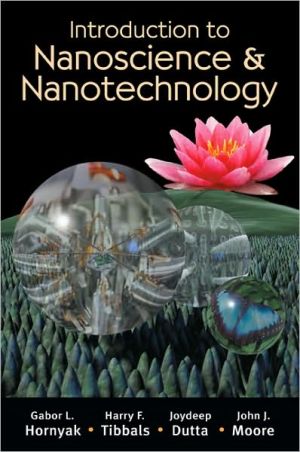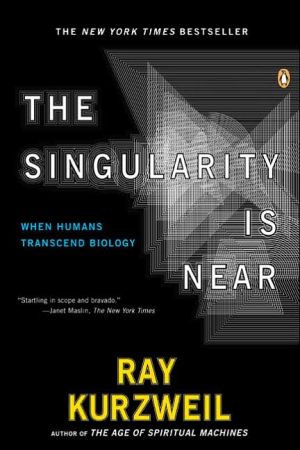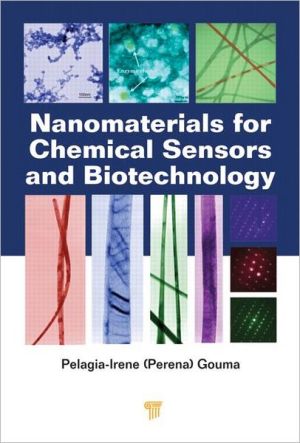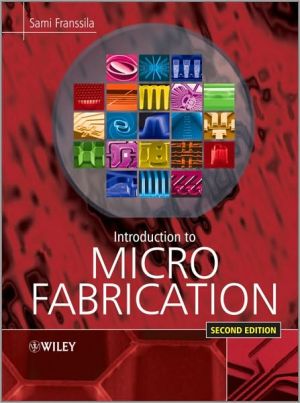Introduction to Nanoscience and Nanotechnology
The maturation of nanotechnology has revealed it to be a unique and distinct discipline rather than a specialization within a larger field. Its textbook cannot afford to be a chemistry, physics, or engineering text focused on nano. It must be an integrated, multidisciplinary, and specifically nano textbook. The archetype of the modern nano textbook, Introduction to Nanoscience and Nanotechnology builds a solid background in characterization and fabrication methods while integrating the...
Search in google:
The maturation of nanotechnology has revealed it to be a unique and distinct discipline rather than a specialization within a larger field. Its textbook cannot afford to be a chemistry, physics, or engineering text focused on nano. It must be an integrated, multidisciplinary, and specifically nano textbook. The archetype of the modern nano textbook, Introduction to Nanoscience and Nanotechnology builds a solid background in characterization and fabrication methods while integrating the physics, chemistry, and biology facets. The remainder of this color text focuses on applications, examining engineering aspects as well as nanomaterials and industry-specific applications in such areas as energy, electronics, and biotechnology.Also available in two course specific volumesIntroduction to Nanoscience elucidates the nanoscale along with the societal impacts of nanoscience, then presents an overview of characterization and fabrication methods. The authors systematically discuss the chemistry, physics, and biology aspects of nanoscience, providing a complete picture of the challenges, opportunities, and inspirations posed by each facet before giving a brief glimpse at nanoscience in action: nanotechnology.Fundamentals of Nanotechnology surveys the field’s broad landscape, exploring the physical basics such as nanorheology, nanofluidics, and nanomechanics as well as industrial concerns such as manufacturing, reliability, and safety. The authors then explore the vast range of nanomaterials and systematically outline devices and applications in various industrial sectors.All three volumes provide, upon qualifying course adoption, online access to a wealth of instructional materials including detailed lecture notes, review summaries, slides, exercises, solutions, and more. The authors provide enough material for both one and two semester courses.
PART I: NANOSCIENCEPerspectives Introduction: Nanoscience Societal Implications of NanoNanotoolsCharacterization MethodsFabrication MethodsPhysics: Properties and PhenomenaMaterials, Structure, and the Nanosurface Energy at the Nanoscale The Material Continuum Nanothermodynamics Chemistry: Synthesis and Modification Carbon-Based Nanomaterials Chemical Interactions at the NanoscaleSupramolecular ChemistryChemical Synthesis and Modification of Nanomaterials Natural and Bionanoscience Natural NanomaterialsBiomolecular Nanoscience PART II: NANOTECHNOLOGYPerspectives Introduction: NanotechnologyNanometrology: Standards and Nanomanufacturing Electromagnetic Nanoengineering Nanoelectronics Nano-Optics Nanomagnetism Mechanical Nanoengineering NanomechanicsNanostructure and Nanocomposite Thin Films Applications of Thin FilmsChemical Nanoengineering NanocatalysisNanocomposites and Fibers Biological and Environmental Nanoengineering NanobiotechnologyBiomimetricsMedical NanotechnologyEnvironmental Nanotechnology








